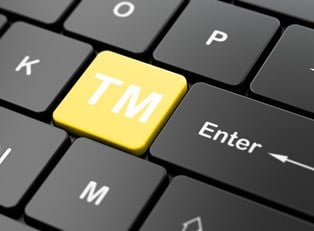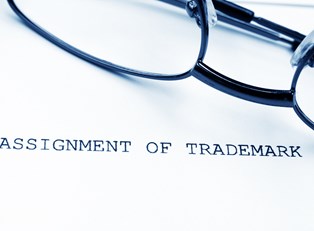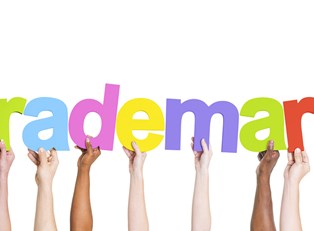A trademark selection can make or break your brand, but it's important to know what a trademark is in order to gain protection from trademark law. Simply, a trademark is one of the following:
- Word
- Design
- Slogan
- Color
- Sound
- Scent
You may think that it's difficult not to infringe on another’s trademark just by designing your own or by changing a few words around, but even in these cases, you could be walking a fine line in terms of trademark law. However, trademarks are simple to understand.
Select Unique, Strong Marks
There are some things to consider when trying to trademark anything. You cannot get any trademark protection for general words like "apple" or "orange." You can get some protection for phrases or things with a secondary meaning. For example, "So Fresh and So Clean" in description of laundry detergent.
When considering words for trademarks, they are best for things that are suggestive and describe specific things, such as "Shamu" for Seaworld water park whales. There are also arbitrary protection laws for company names that go along with a logo and brand such as "Apple" or "Google."
Clear the Mark for Use and Registration
Corporate names can be cleared for consideration as a trademark. However, you should conduct a search before trying to trademark anything about your corporate name. This means conducting a search across US and worldwide regions for similar brands to see if they have a trademark in place. In addition, you may also want to check for products and services that are the same or similar to your own. Marks and goods don't have to be identical, but it's still a good idea to know what your competition is and how to make your trademark more unique.
File US Trademark Applications
You should always try to file your trademark immediately after conducting a search and clearing it for use. To file, you need to state its use, intent-to-use, and complete the associated forms with the U.S. Patent and Trademark Office. In addition, once you file, any third parties will be notified of your trademark application.
File International Applications
You should file your trademark within 6 months and include all brands in major markets. There are single filing options in the European Union and Madrid. You can also file national trademark applications when targeting different markets.
Costs for Registering Trademarks
The basic costs for a trademark depend on the search. For a basic search, it's $750 and for a full search, it's $1,500. If your search turns back one mark in a class, it costs $1,075 to be cleared. To file with a full search fee, it's an estimated $2,500. If a trademark is in use but there weren't any major issues, then you will likely pay a fee to use the trademark.
Register Domain Names
After filing your trademark, you want to grab as many domain names as possible. You should control .com, .net, and .org to start, but you should also look into other top-level domains and new generic top-level domains like .book, .world, and .club as they relate to your trademark.
Rules About Using Trademarks
You have to use TM in order to mark a trademark as protected and your own. You should always use trademark (™), service mark (?), or registered trademark (®) symbols. Trade name and trademark are different and are expressed in different ways. For example, using the company name in this first sentence does not necessitate the use of a trademark symbol: "Microsoft is best the company in the world." Using a company name to describe a specific product does require the use of a trademark symbol as show in this example sentence: "Microsoft® laptops are the best in the world." Of course, this applies to marking and promotional material, not writings for personal use.
You should also monitor any materials for proper use of your trademark especially when promoting your products and services. The title of your trademark also has to be clean and current for you to keep ownership.




